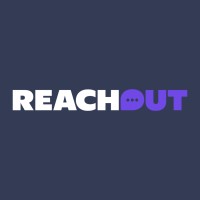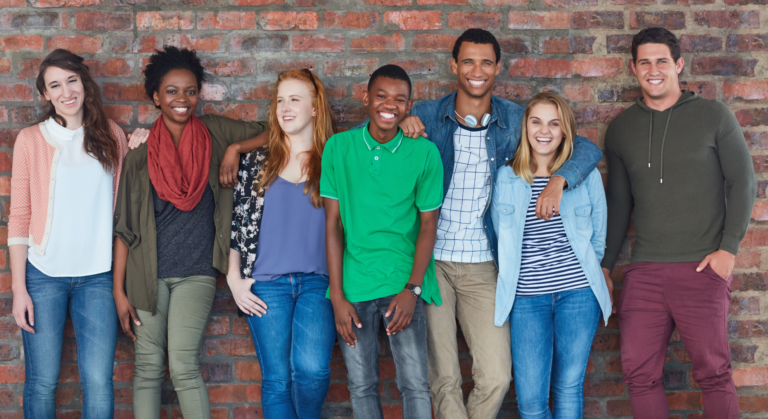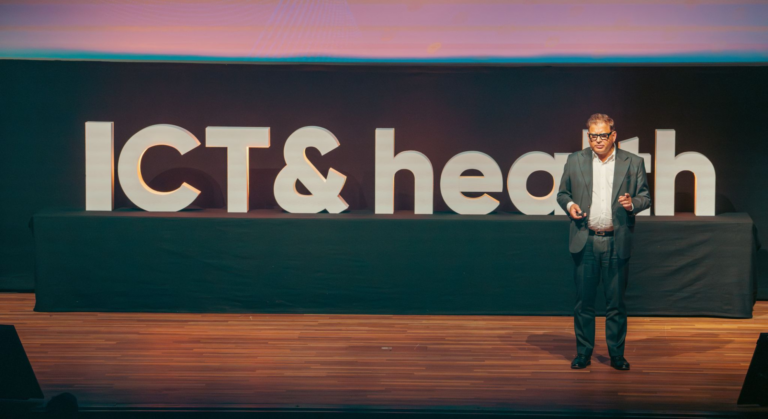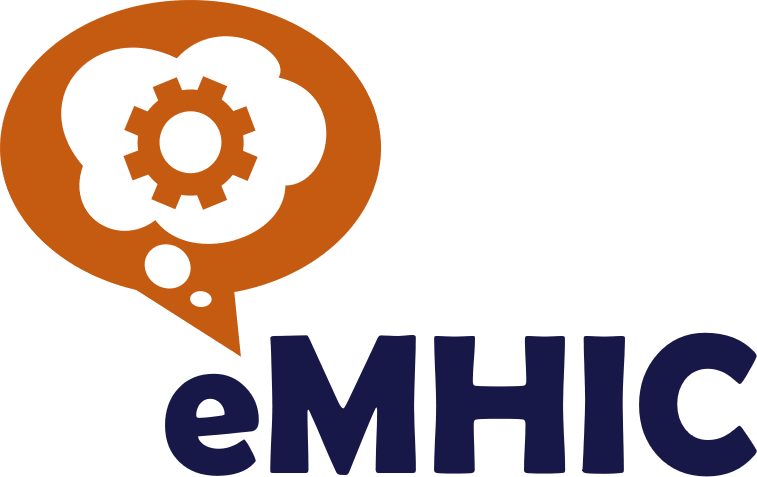The world is changing. The rise of digital communication tools and social media has fundamentally altered the way people connect and communicate. The days of landline phone calls and handwritten letters are long gone. We now live in an era of instant connection, where our devices have become an integral part of who we are, granting us immediate access to people and information with a simple click of a button. We’ve never been more connected: with friends and family, but also with the brands we buy from and the organisations we engage with.
This is particularly true of young people. These days, young people use the Internet for a range of activities, including researching topics of interest, engaging with content and communicating with friends (Australian Government’s eSafety Commissioner). Young people in Australia spend an average of 14.4 hours a week online – that’s equivalent to more than four weeks a year (Australian Government’s eSafety Commissioner). And Gen Z spends more time on social media than any other generation, with over one third dedicating more than two hours daily to these platforms (The McKinsey Health Institute’s (MHI’s) 2022 Global Gen Z Survey).
Young people are increasingly relying on their devices to meet various needs. Their smartphones are not just for communicating with friends and endlessly scrolling on TikTok. Young people use them to learn more about topics that interest them, as outlets for creativity and as study tools. Importantly, they can also be used as a tool to provide evidence-informed, digitally delivered mental health support and preventative treatment.
Digital platforms and technology have democratised mental health and wellbeing support, by making access to support easier and more affordable. Digital mental health services are now a basic expectation for young people who have grown up in the world as digital natives. In 2020 Mission Australia and The Black Dog Institute found that after friends and family, the Internet is the next most common place young people turn to find support (49.2%). The research also found that 29% of young people had used mobile apps, and 21% had turned to social media for support.
Devices are rapidly evolving into pocket therapists, and as this trend continues it will be increasingly important for support services to reimagine the nexus between young people, mental health and emerging technology such as AI, if they want to continue delivering services that meet young people’s needs.
In 2020 we began a process of reimagining what our service could be and how we might best engage and communicate meaningfully with young people in the digitally mediated world they exist in today. A primary goal coming out of this process was to further explore how to enhance the reach of our services and ensure that young people had access to the support they need, when they need it. We wanted to find new channels of distribution for our services, to foster conversations and create communities.
Technology powering new services
Last year we built and launched a new one-on-one peer support program, PeerChat, that is connecting young people with trained peer workers. ReachOut PeerChat is designed to help young people feel understood, reduce feelings of isolation, provide a sense of hope, feel better and increase knowledge about where to get further support if required. Through online text chat, young people can talk for free for up to 45 minutes with a trained peer worker who has their own experience of mental health or life challenges. Early indications show that PeerChat is positively impacting the emotional wellbeing of young people, as evidenced by a comparison of their self-reported feelings before and after engaging in a session.
Leveraging the potential of social media
We have also continued to explore the potential of external digital communication channels to create communities and foster conversations. At ReachOut, we view social media as more than just a platform for building brand awareness and amplifying our work. Our social media channels are a powerful tool to promote messaging that reduces stigma and feelings of isolation, and informs and inspires young people to take action to better their mental health and wellbeing. We use our channels to share messages that provide relief and validation, and make people feel less alone. We also inspire action and encourage greater help-seeking by facilitating warm handovers to our online communities, our on-site content and to PeerChat. Through our social media channels we now have more opportunities to connect with young people during moments when they need it most.
Empowering engagement through partnerships and digital platforms
In today’s digitally mediated world, partnerships have played a vital role in enabling ReachOut to effectively connect with and support a larger number of young people across Australia. By partnering with digital platforms that have established and engaged audiences we can gain wider reach and connect with already active communities. These platforms also have the digital capability to support us as we experiment with new and emerging technologies.
During the 2023 Pride celebrations we partnered with social media platform Snapchat. Snapchat reaches a community of more than 7 million Australians, including 75% of people aged 13-34, making it a perfect match for ReachOut’s primary target audience. Snap and ReachOut launched an in-app Lens and augmented reality (AR) experience, focused on LGBTQIA+ allyship. The Snapchat Lens encouraged people to find another person, connecting the two individuals through AR with a Pride rainbow. Users could then turn the camera and point their phone to the sky, where a Pride rainbow animated in front of them, allowing them to share messages of celebration and empowerment with their friends. Snapchat users were able to harness the power of AR to proudly share their LGBTQIA+ allyship with close friends and family. The Lens also allowed users to directly access important resources on ReachOut’s Allyship information hub. The potential of AR to captivate, connect, and engage has been well-established, just consider the Pokemon Go phenomenon from a few years ago.
Where to next?
ReachOut has always been at the forefront of digital mental health service provision in Australia. We see the potential of technology such as AI and AR to enhance service provision. However, we also acknowledge the need for cautiousness as these technologies are still in their early stages. In the coming months, ReachOut will continue to explore ways to leverage existing, and emerging, platforms and technologies to reach more young people in Australia. Some of the areas of experimentation will include enhancing user journey personalisation, using AI to automate processes for improved efficiency and scalability, and expanding content sharing capabilities through new partnerships and platforms.
By continuously adapting, we hope to respond to new opportunities to support the wellbeing of young people in Australia and encourage greater help-seeking. Changing digital platforms and technologies mean there are always new ways of connecting with young people wherever they are, and whenever they want it. To make a continued impact on mental health and meet the evolving expectations of young people, support services like ReachOut must persistently explore and innovate. By doing so, we can ensure we stay in sync with the ever-changing landscape and continue to provide support that responds to the unique needs of young people in Australia.





